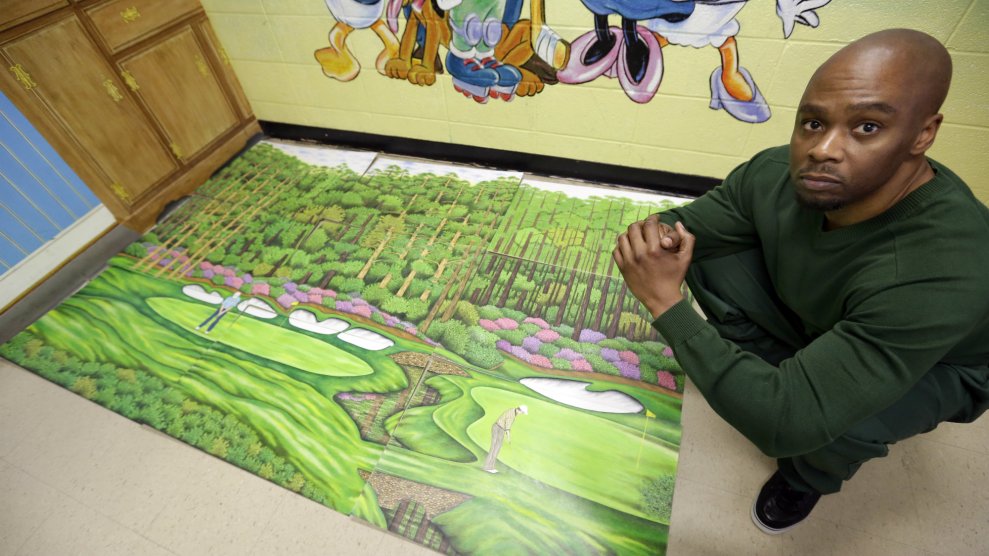
An old photo of Wright's Dairy-Rite, screenshot courtesy of the Staunton News Leader.Mike Tripp/Staunton News Leader
Since its beginnings in 1952, Wright’s Dairy-Rite served all people, of any color. That may have been unusual in Staunton, Virginia, at the time, but the custard shop’s owner, Alka Greer Wright, believed in serving everybody.
“She felt that everybody needed to be treated the same,” her son, Forester Wright Jr., told the Staunton News Leader. While it was common back then for restaurants to have separate entrances for people of color, Wright’s Dairy-Rite just had the one door. “Everybody came to the front. They’d get in line, we’d ask them what they want, and they ate their ice cream with everybody else.”
A dozen years later, in 1964, after the ice cream stand had been turned into a “Happy Days”-style fast-food restaurant, Wright Jr. met a very determined 16-year-old woman named Barbara Lee. She asked to be the first African-American to serve customers curbside.
Wright hesitated, worried that she would be subject to harassment from customers. But Lee insisted—and got the job. Wright would often listen in on the call box to make sure Lee was safe outside. One night, six white boys pulled up and threw a tray at her, and Lee, scared, left immediately. Though she got home safely, she quit because of the incident.
More than a half-century later, the two met again at the Dairy-Rite, where the Staunton News Leader filmed an interview with them. Sharing a booth, Wright said he’d always respected Lee for what she did. “There was an angel looking out for me, and I did not know it,” Lee said, looking at Wright. “And he was my angel.”
Lee also says she’s let go of the racism she experienced. “I’ve never carried a burden of hate towards anybody,” she said. “We said, we will overcome this because life goes on.”
Recharge is a weekly newsletter full of stories that will energize your inner hellraiser. Sign up at the bottom of the story.
-
Giving a leg up—with Legos. When a severely injured box turtle was found in a Baltimore park, Maryland Zoo officials built a mini-wheelchair for it from Lego pieces and plumber’s putty. The contraption allows the turtle to move around while the fractures heal underneath its shell.
“This guy was an interesting case,” said Garrett Fraess, a veterinary student on rotation at the zoo. Fraess consulted a “Lego enthusiast” friend in Denmark for ideas, who came up with design ideas and specific Lego pieces that she sent his way.
And the turtle seems to be on the path to recovery, Fraess says. “He never even hesitated. He took off and has been doing great.” (Washington Post)
-
“Modern-day Bachs.”
Renowned cellist Yo-Yo Ma wants to use the music of Johann Sebastian Bach to help make the world a better place.Over the next two years, Ma will play concerts for his new album while partnering with leaders, activists, and change makers in cities around the world to bring a spotlight to important local issues. He calls these people modern-day Bachs—”people who are using their creativity and innovative ability to actually make things better.” Ma will pair each of his concerts with a “day of action” that, depending on the location, could include panels, conversations, or block parties.
Ma’s tour will take him to 36 cities across six continents. Last weekend, he stopped by Oakland, California, where he highlighted education reform, and, you guessed it—Bach. (San Francisco Chronicle)
-
The perfect shot.
For five years, wildlife photographer Bob Western sought to capture the image of the Milky Way Galaxy setting over a panoramic bridge in Big Sur, California.It wasn’t easy: The Milky Way sets over the bridge only a few times a year, and there are often weather issues. Still, Western had a good reason: His wife, Sharyn, had grown increasingly ill and he used his photographs to help her experience the beauty of nature.
The Milky Way photo proved so elusive that Western had given up for more than a year. But on the night of Sept. 10, everything fell into place.
“There was a barn owl singing to me while I was out there, and I’d hear stones falling from a rock face behind me,” Western said. That’s when he took the dazzling photo—which he dedicated to his wife, who had died a month earlier in August.
“It seems like the right image to represent her memory,” he said. “I just wish she could’ve seen it.” (San Luis Obispo Tribune)
Have a Recharge story of your own or an idea to make this column better? Fill out the form below or send me a note to me at recharge@motherjones.com.













